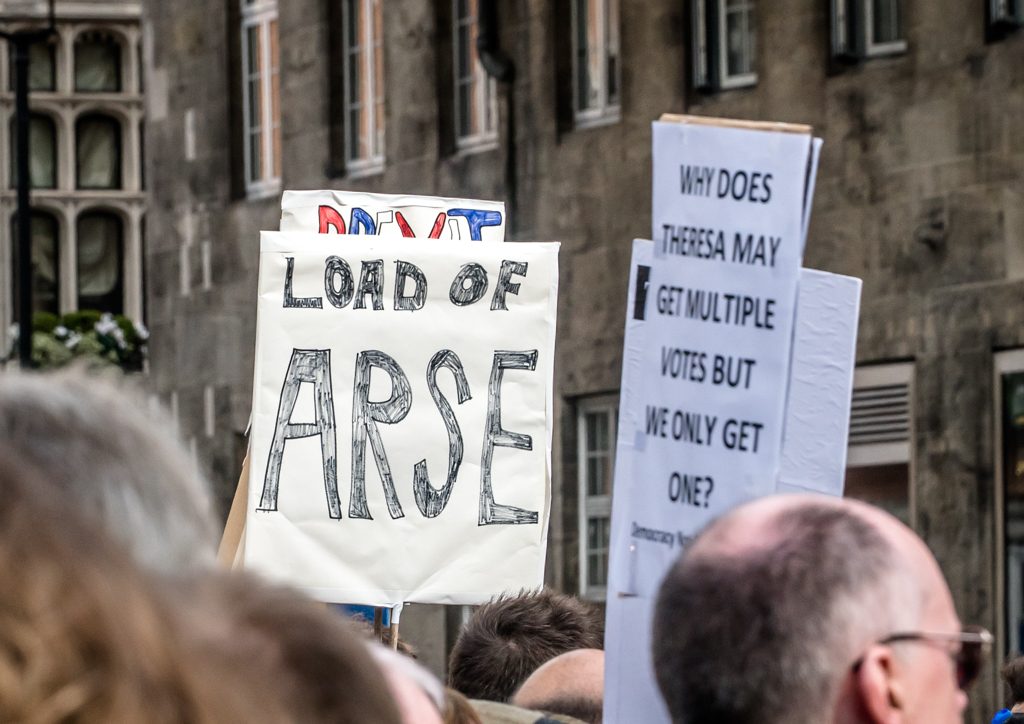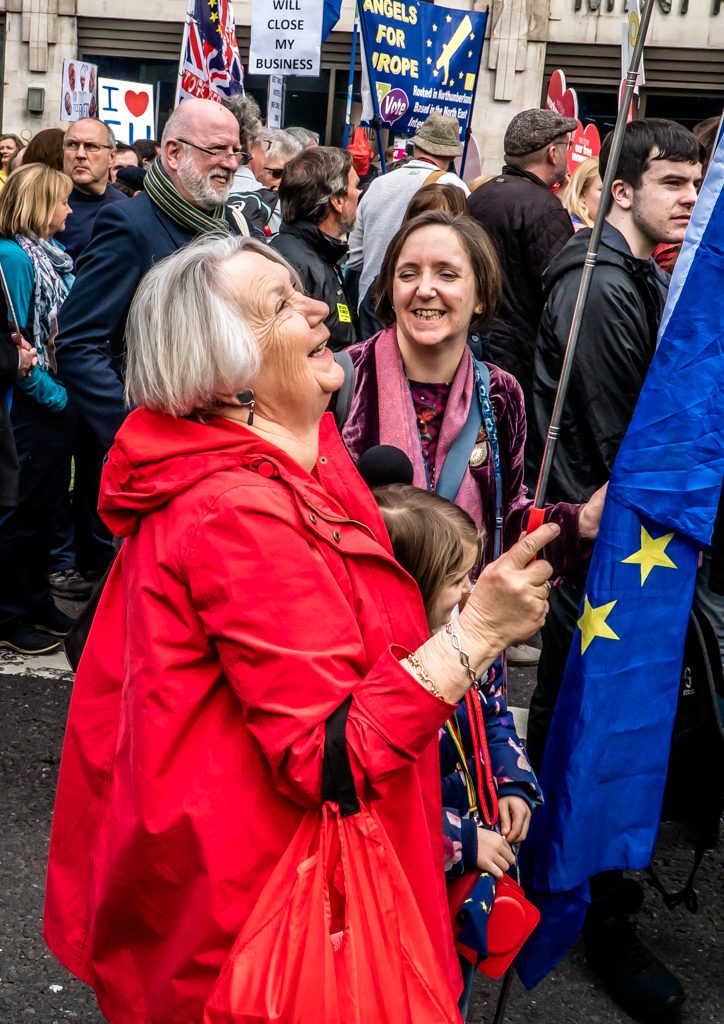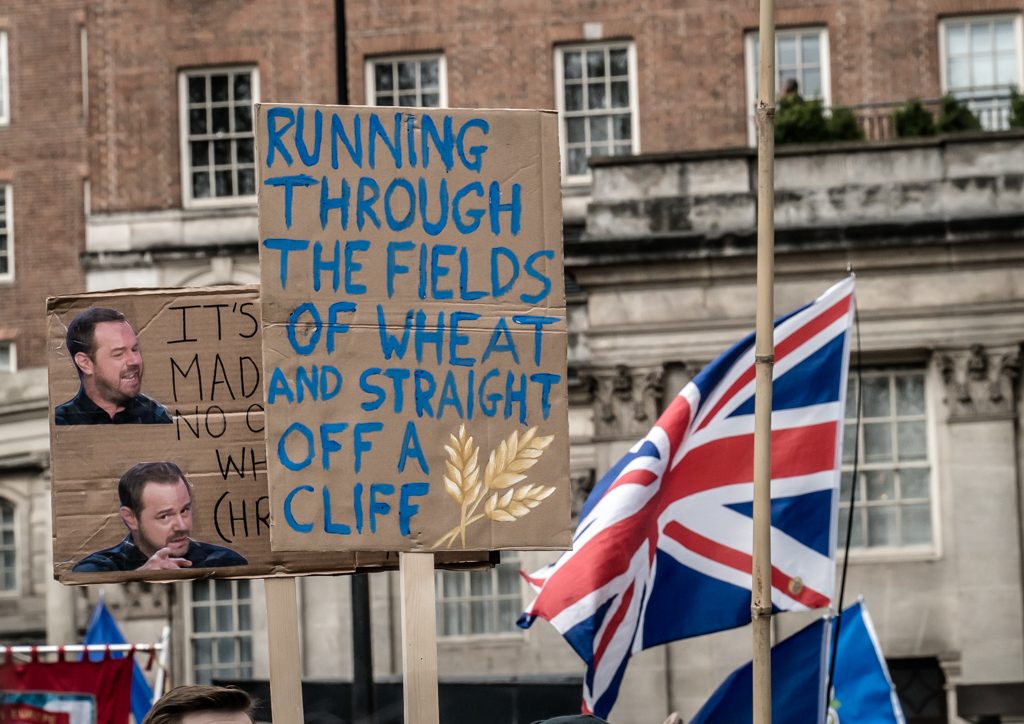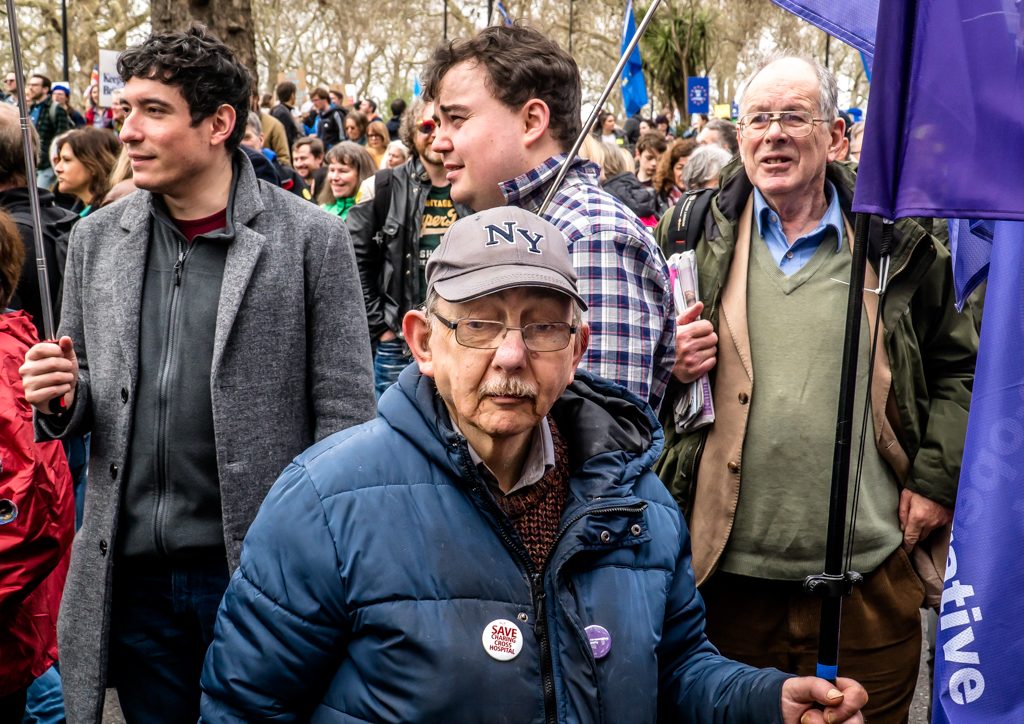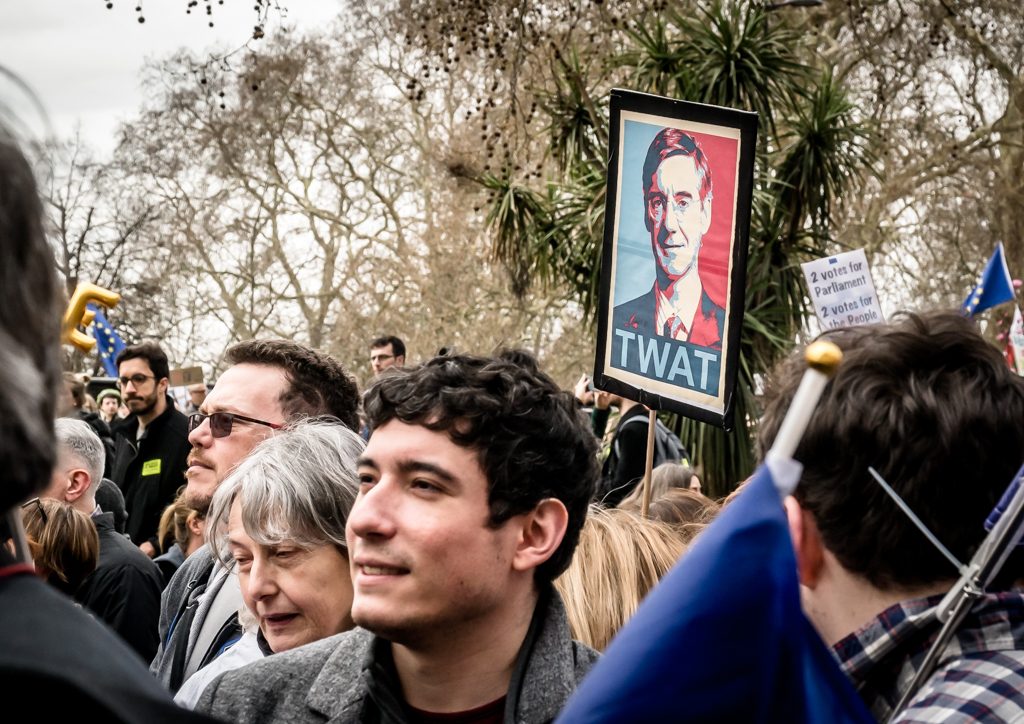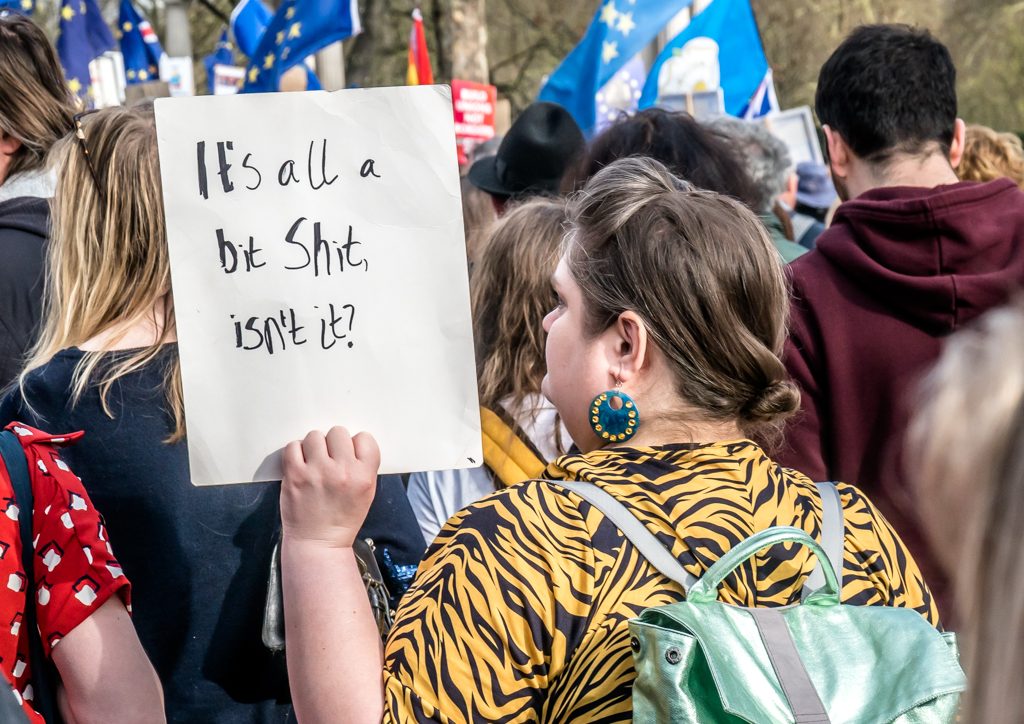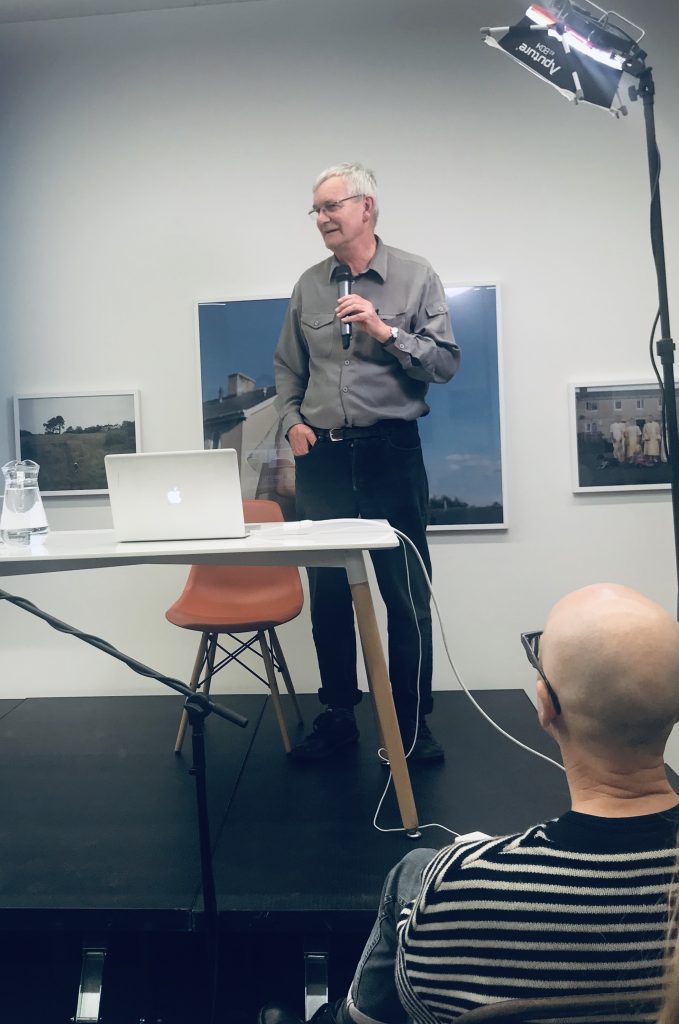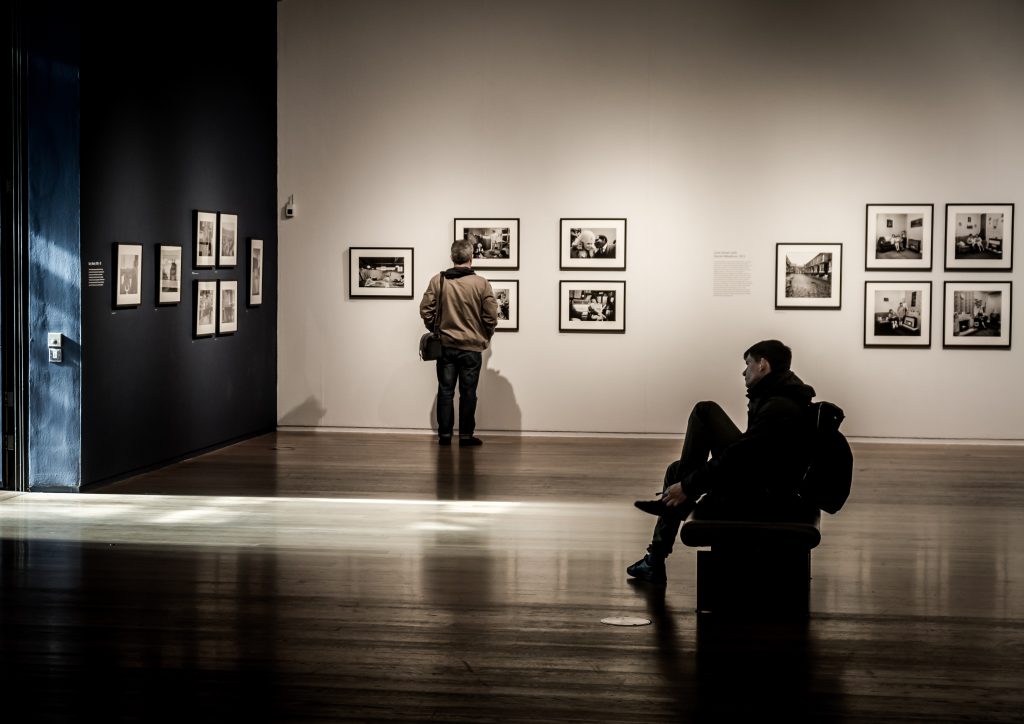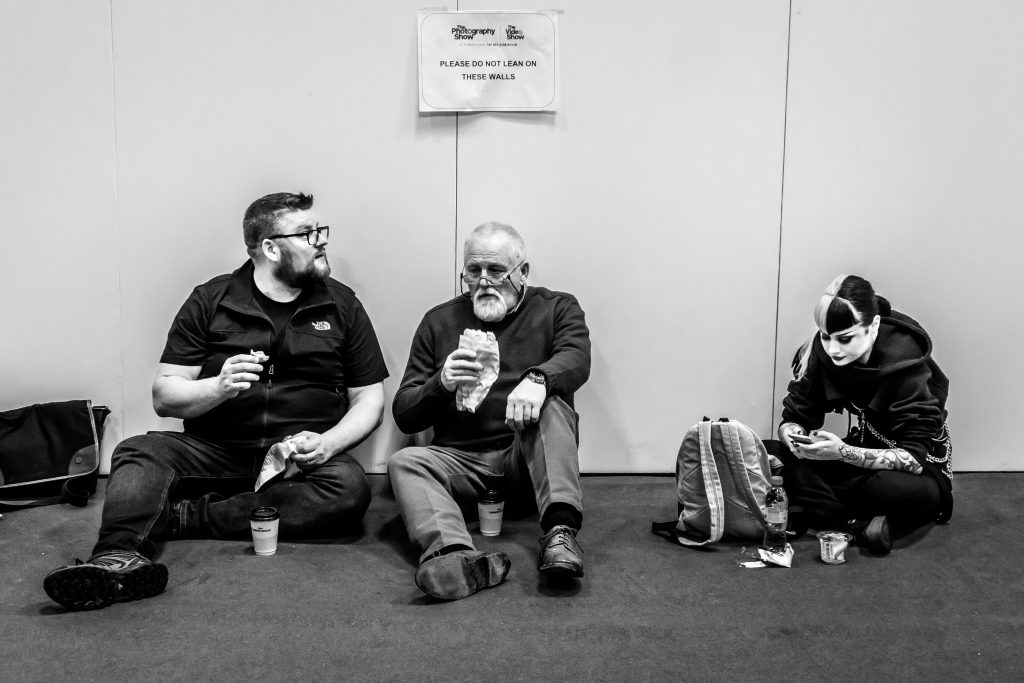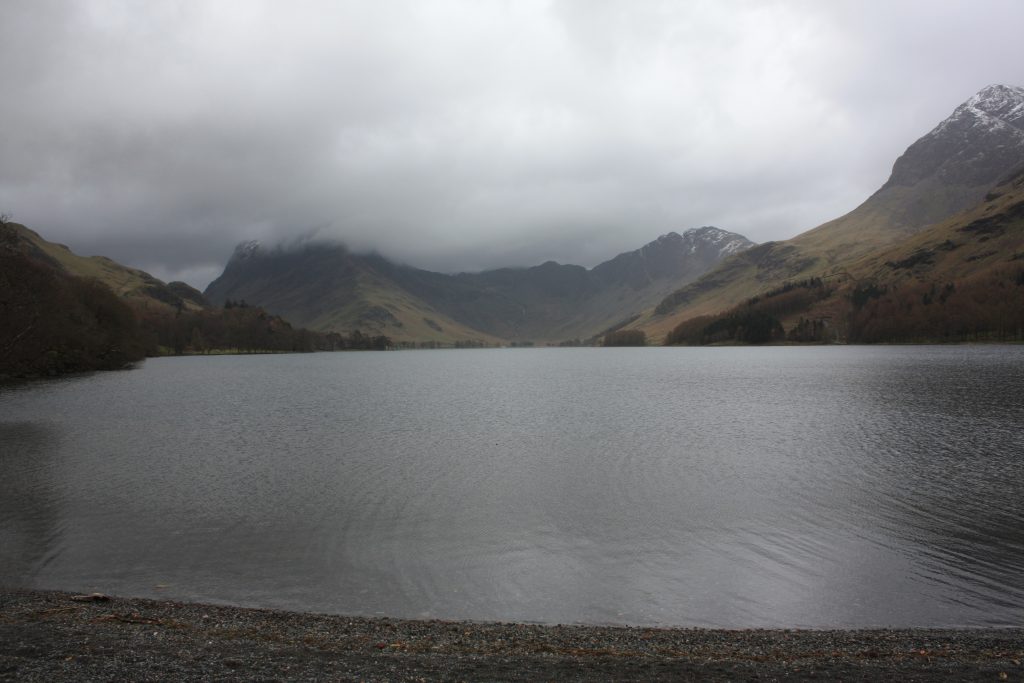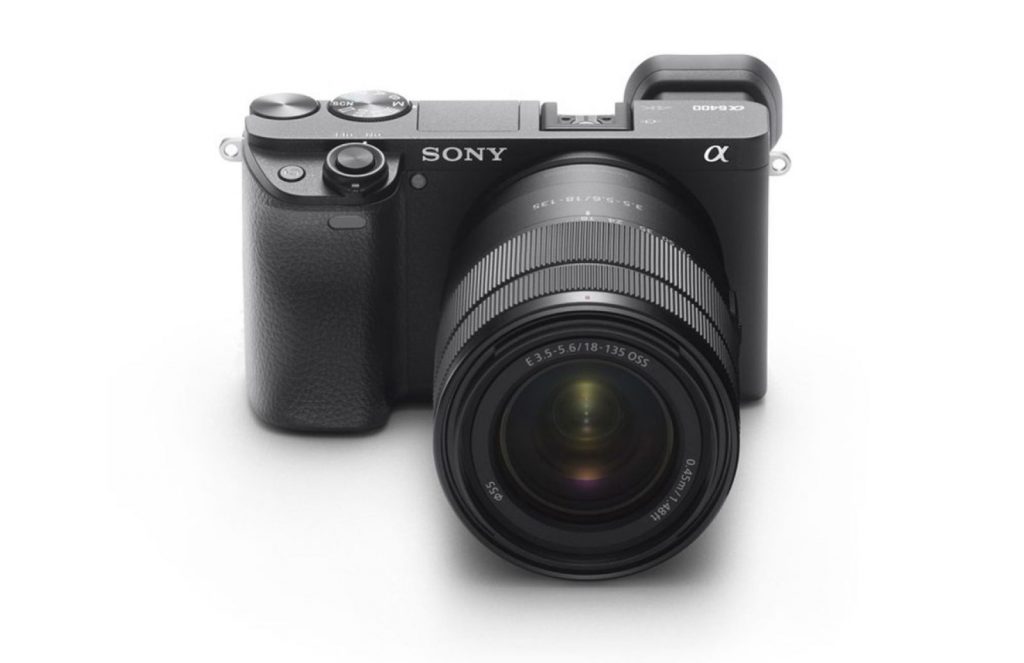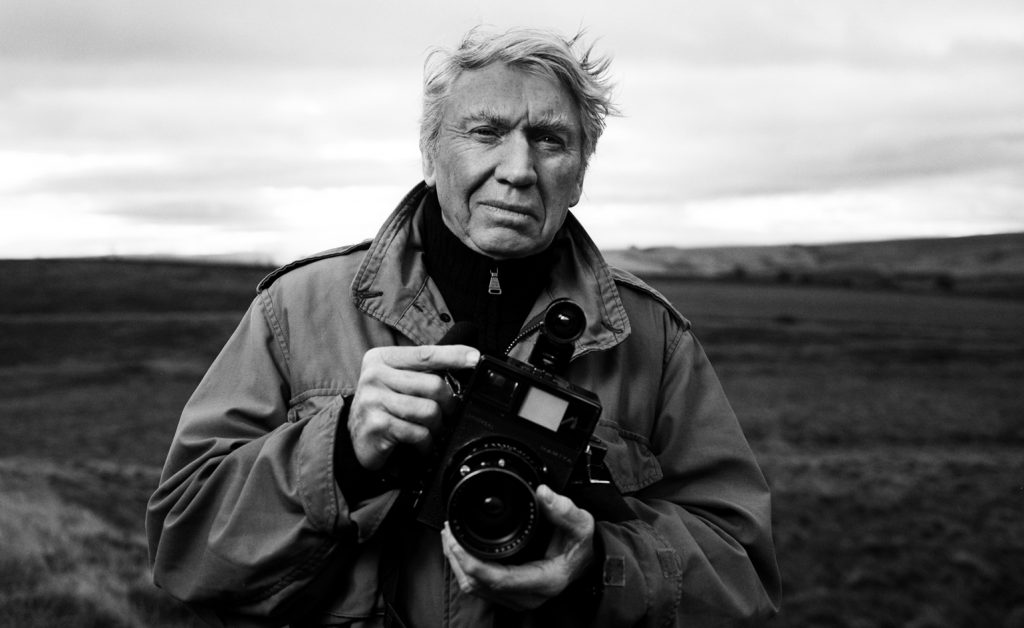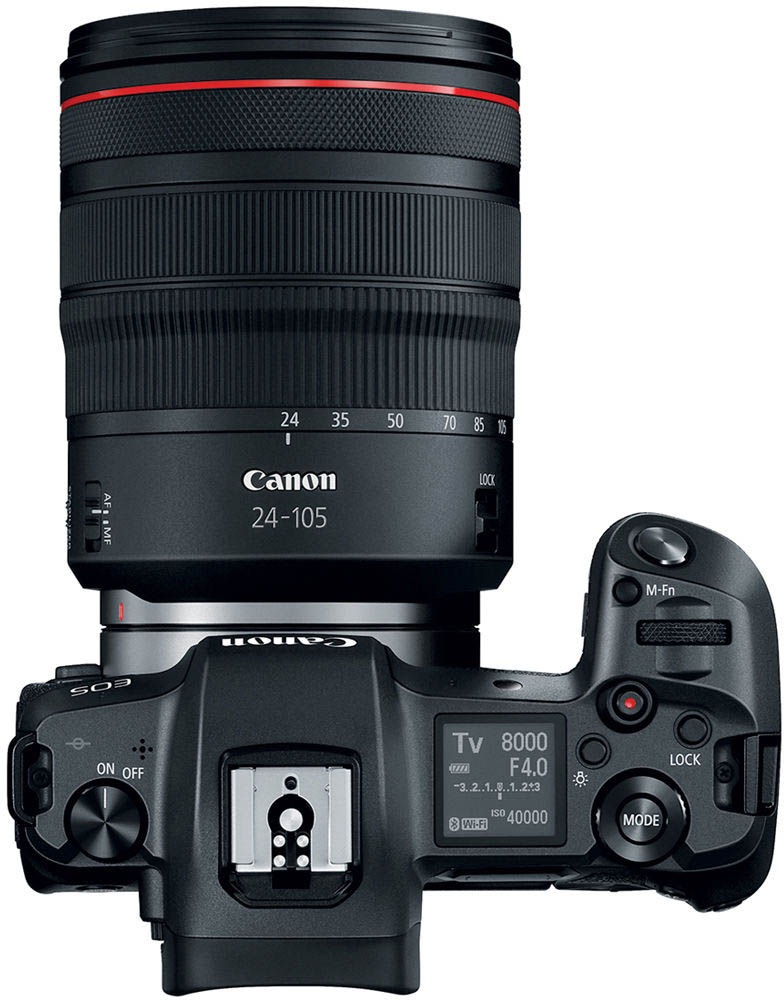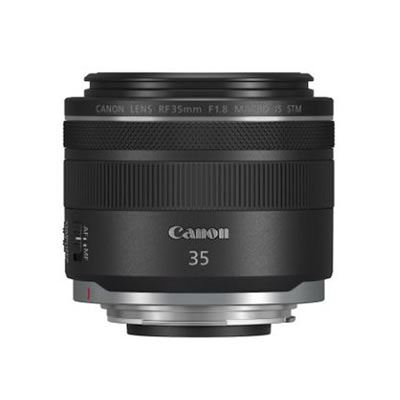
Canon RF 35mm f1.8 IS Macro
The Canon RF 35mm f1.8 IS Macro is an important lens. It is the first non L lens for the Canon EOS R mirrorless line up. There was some derision when Canon introduced the initial lens line up for these cameras. They were big, bulky, heavy and very expensive. The RF 50mm f1.2, for example, weighs 950 g, does not have image stabilization and costs a whopping £2349. It is however by all accounts a brilliant lens.
That is why the RF 35mm is such an important lens. Small and light, with IS it costs £519. Hopefully, it is the start of a line of affordable lenses for these cameras. With the launch of the Canon EOS RP, a full frame mirrorless camera for just £1399 body only. Canon is signalling its intention of overlapping into the Fujifilm and Olympus space. To do this effectively it needs lenses that are fabulous and that cost hundreds not thousands.
Ken Rockwell Review
So how good is this Canon RF 35mm.
Ken Rockwell who to me is the ultimate reviewer said:
“This lens does many things and does them all well. It shows that Canon is really on the ball; this is a very innovative lens different from all the others.
It’s a little lens with big performance”.
That’s enough for me, this lens is good. Read his review here.
Real Life Review
So what is it like in real life? I headed to Castle Ashby Gardens in Northamptonshire to find out. These are all JPEGs straight from the camera.
Landscape
A 35mm lens is ideal for landscape….
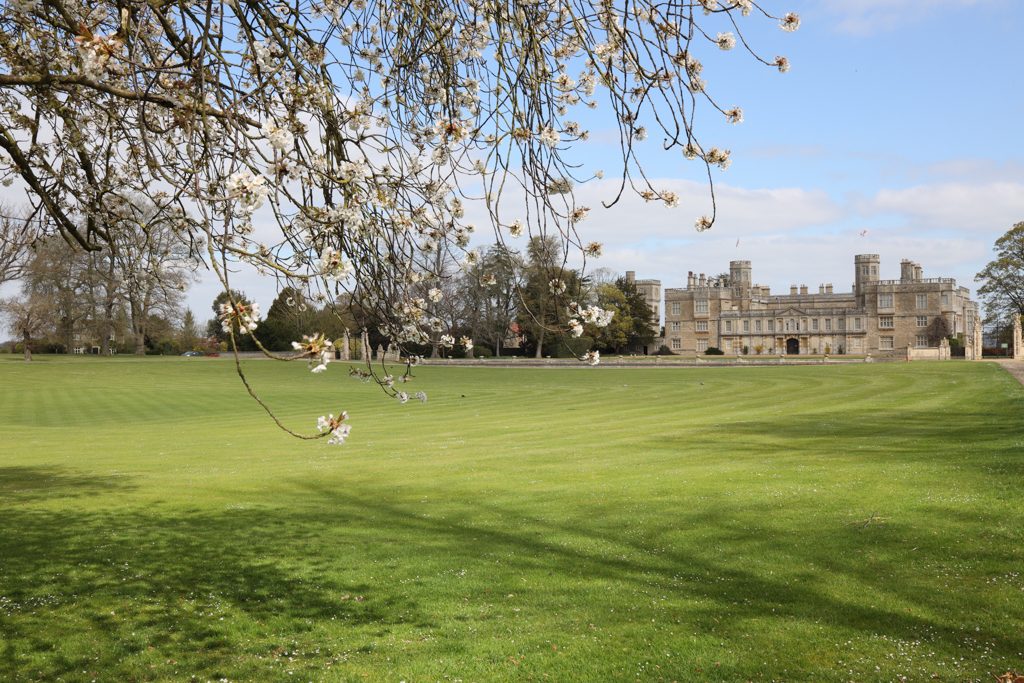
Landscape
Street Photography
…and street photography. Well sort of.
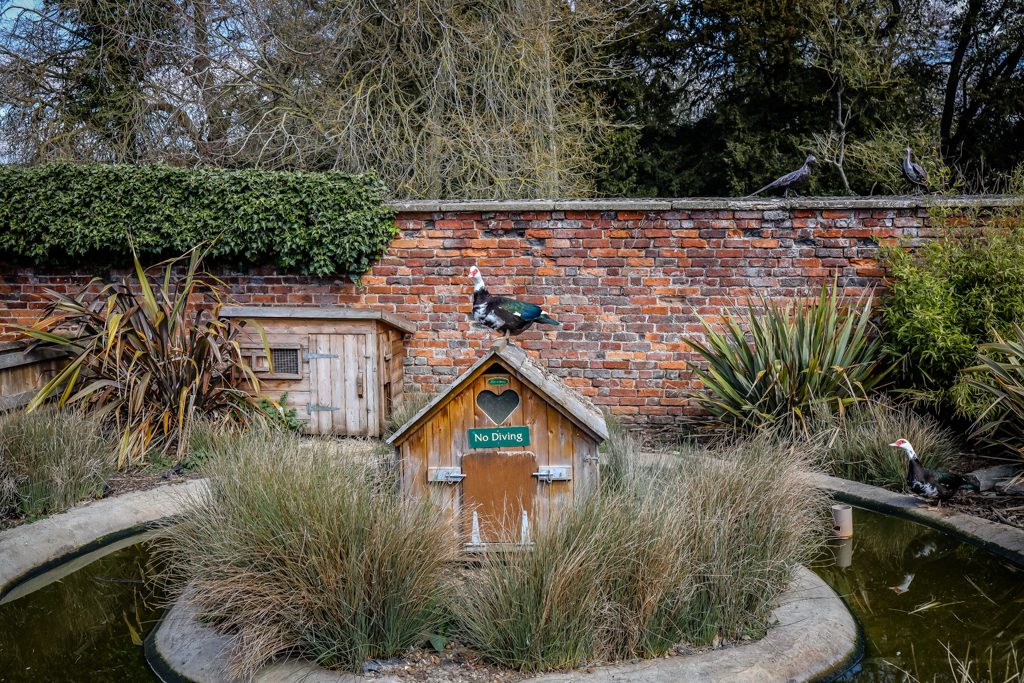
Street Photography
Image Stabilization
Image stabilization is 5 stops. This image was taken at 1/13th second, hand held. Looks sharp enough to me. There were critics who complained that the EOS R did not have in body stabilization, but the lens stabilization here is pretty phenomenal.
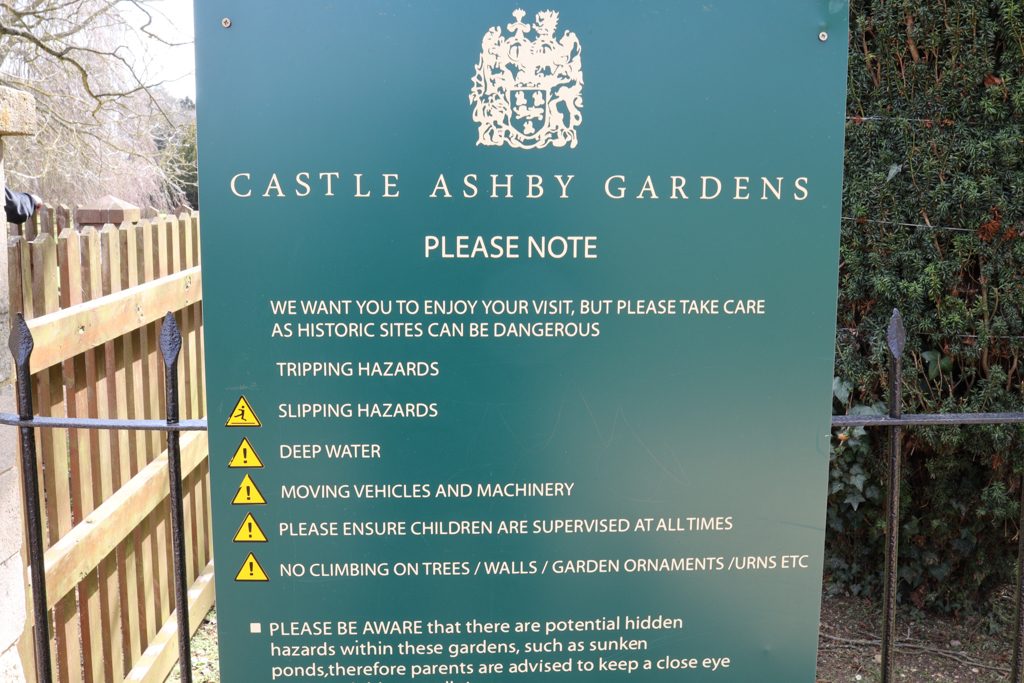
Image Stabilization
Bokeh
The bokeh on this lens is soft and dreamy, and the image as sharp as a pencil.
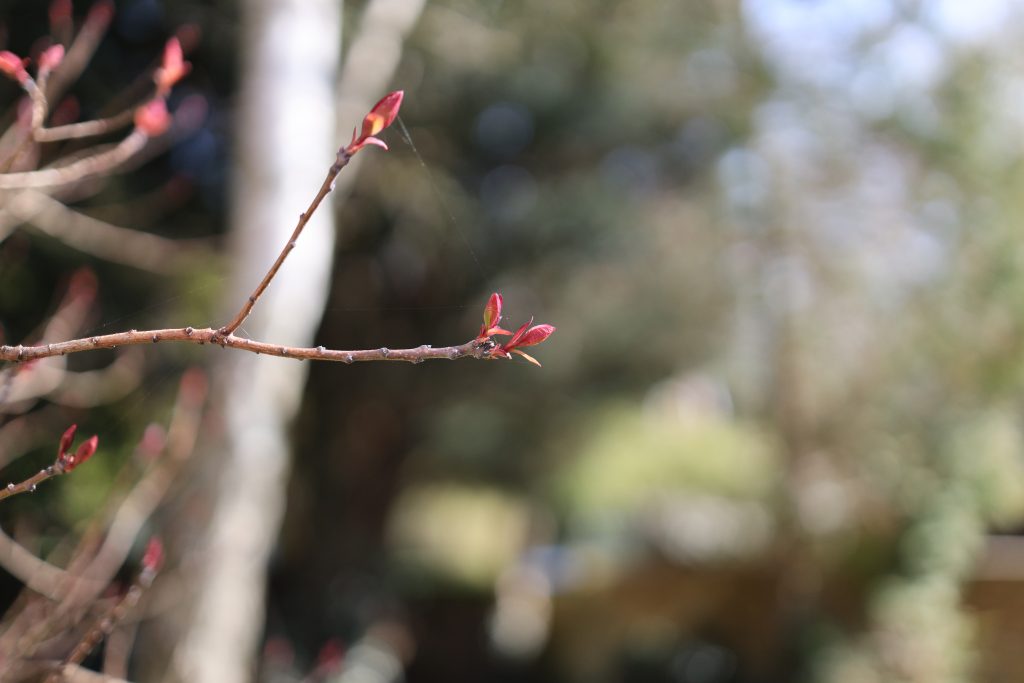
Bokeh
Macro
With a maximum magnification of 0.5x, you can fill the frame with spring blossom, and wallow in the fine detail.
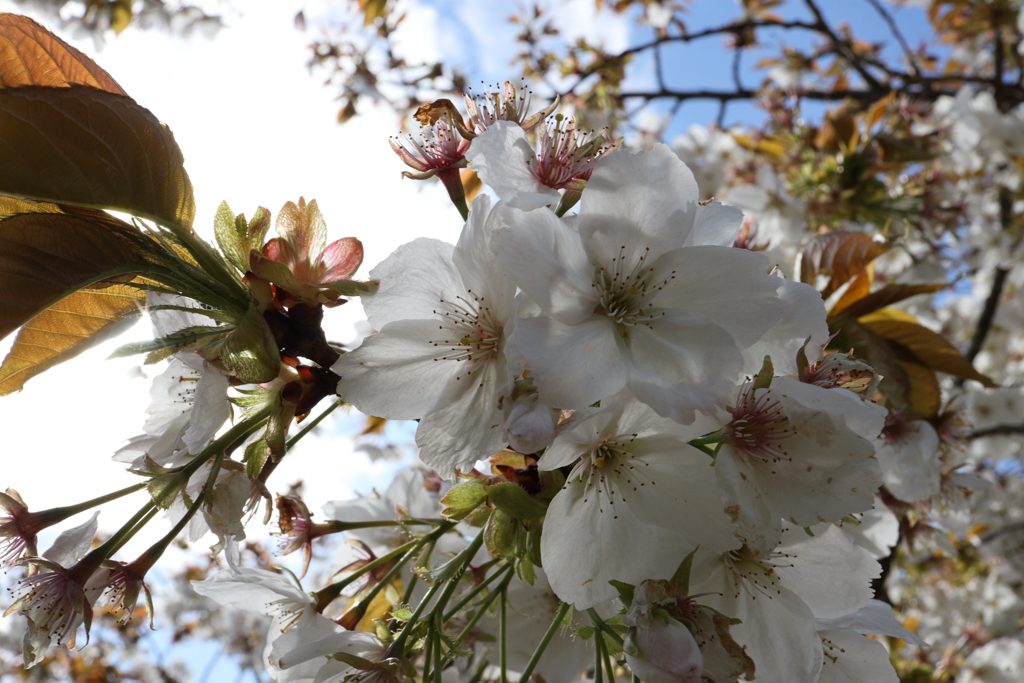
Macro
What is There not to Like
The lens is made of plastic, but it feels solid. A perfect partner with the Canon EOS R and RP
There is no lens hood. Buy one here at Amazon. I bought this one.
Conclusion
The new RF mount will enable new innovative lenses from Canon. The reduction in the flange distance between the sensor and the lens should mean that the new RF L lenses will be superb, and the non L lenses as proved by this lens will be great.
Could it be that in future a non L RF lens will be as good as a Canon EF L lens? I look forward to the technical comparisons.
Where I Buy
I buy my equipment from Wex because of their exceptional customer service. I once returned a camera after 30 days, and the next day they called to return my money to my account. Their prices are always competitive and they offer good prices on the trade in of your used gear


